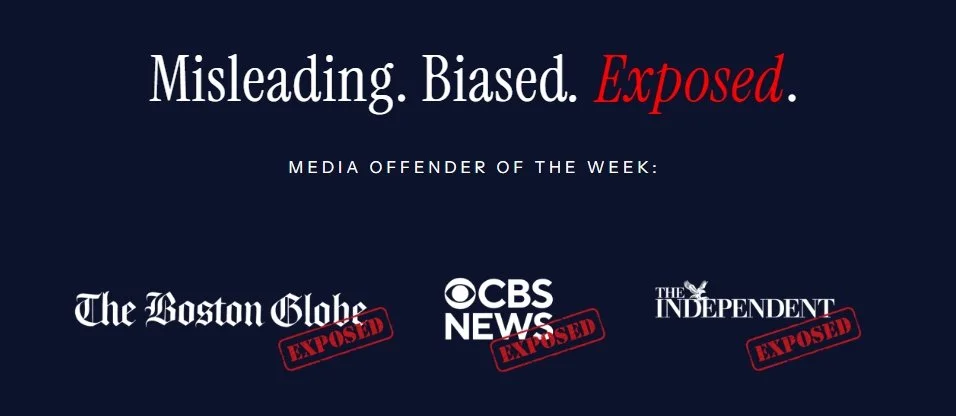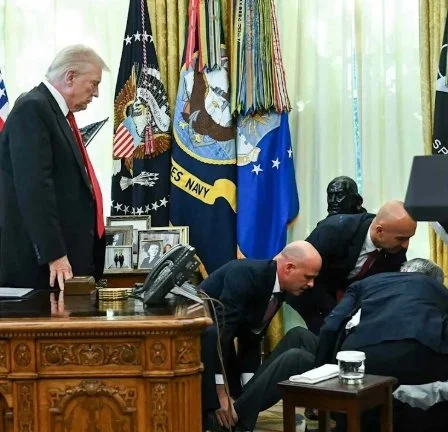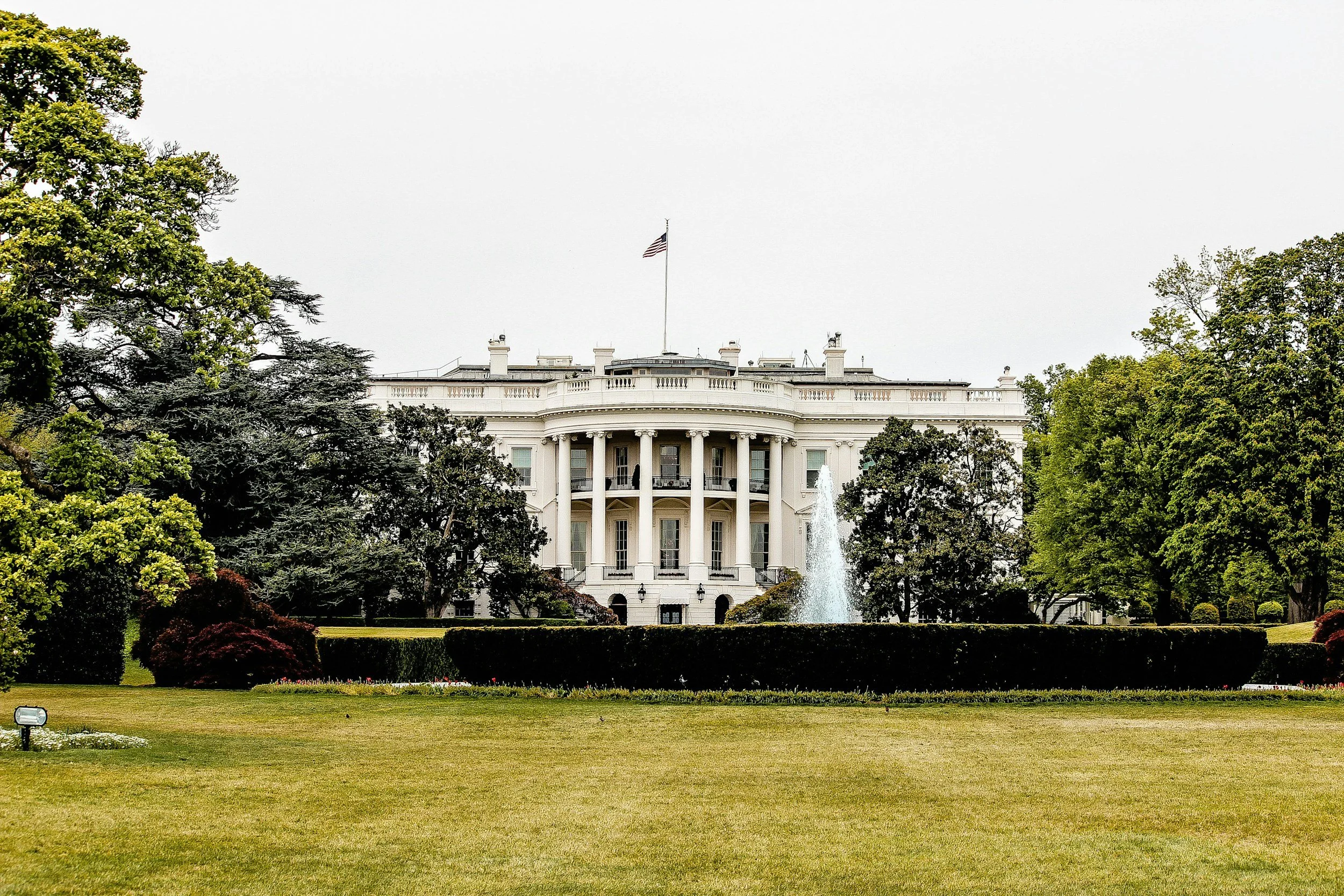The Psychological Toll of Perpetual‑Crisis Politics in 2025 America
When Government Itself Becomes a Chronic Stressor
Americans have always argued about policy, but the second Trump presidency has turned politics into something more corrosive. Most days now feel like mini‑crises fed by an endless loop of incendiary speeches, televised raids, courtroom stand‑offs, and market‑moving tweets. In this environment, governance looks less like a search for the common good than a high‑stakes reality show in which humiliation, profit, and domination are the prizes.
Psychologists warn that institutions can become “social stressors” when they bombard citizens with threat signals faster than communities can process them. That is precisely the ecosystem many Americans inhabit in 2025. Executive orders materialise overnight, only to be rewritten at dawn; Supreme Court rulings are celebrated for an hour, then defied at sunset; deportations, pardons, tariffs, and livestreamed rallies ricochet through cable panels and algorithm‑driven feeds. The result is a population locked in collective hyper‑vigilance; anxious, angry, exhausted, yet oddly unable to look away.
This essay draws on survey data, clinical observations, and political‑psychology theory to chart how a politics organised around aggression, misinformation, and self‑enrichment is reshaping the American psyche. It explains why this particular mix of lies, spectacle, and profit‑over‑people rhetoric is so damaging; which groups are bearing the heaviest load; how the stress radiates through families, communities, and democratic norms; and what trajectories (pessimistic and hopeful) are plausible between now and 2030. It closes with evidence‑based steps that individuals, civil‑society actors, and public officials can take to keep a chronic stressor from becoming a permanent national trauma.
A Nation Entering 2025 on Psychological Thin Ice
Even before Donald Trump’s January inauguration, Americans were approaching saturation. The American Psychological Association’s most recent Stress in America poll found that more than three‑quarters of adults rated “the future of the nation” as a significant source of stress, higher than personal finances, health, or work. Three people in four predicted that the 2024 election cycle would include violence, and nearly as many feared democracy itself might collapse. Pew Research Center, measuring a different pulse, reported trust in the federal government near a 70‑year low and found majorities in both parties convinced that checks and balances “no longer work as intended.”
Those attitudes have clinical echoes. Mental‑health practitioners from Texas to Vermont say intake forms increasingly cite politics as a primary trigger for anxiety, insomnia, or panic attacks. LGBTQ youth crisis lines logged a sevenfold increase in calls during the ten days following Trump’s victory, a spike staff attributed to fears of renewed rights rollbacks. Therapists (many licking their own wounds) joke darkly about “PTSD: President Trump Stress Disorder,” but the symptoms they describe are no joke: racing heartbeats during news alerts, intrusive thoughts about deportation squads or “Day One mass firings,” and a grinding sense that every new headline could upend plans made just hours before.
In other words, 2025 did not create America’s psychological vulnerability; it inherited it. But the new governing style acts like a power‑washer on an already cracked wall, widening hairline fissures into structural faults.
Mechanisms of Harm – How Lies, Threat Cues, and Profiteering Work on the Mind
Five overlapping mechanisms explain why the current cocktail of governance by aggression and self‑dealing feels uniquely corrosive.
Perpetual Threat Cues. Neurobiology is clear: when humans encounter unpredictable danger sirens in the street, flashing banners about “illegals” and “traitors” the body floods with cortisol. In short bursts that hormone primes survival; chronically, it erodes sleep, immune response, and mood regulation. Trump’s second term deliberately keeps the alarm bells ringing: ICE raids are filmed for social media; rallies describe political opponents as existential enemies; televised signing ceremonies promise the “largest deportation in history.”
Narrative Chaos. Healthy democracies rely on a shared baseline of facts. In 2025, narratives reverse within hours. Markets crater after an executive order slaps tariffs on America’s own allies; then the president tweets “Time to buy!” and suspends most of the tariffs two hours later. Cognitive‑load studies show that such whiplash drains working memory and drives people toward either withdrawal (“nothing is knowable”) or blind tribe loyalty (“just trust our side’s feed”).
Moral Injury. Veterans use this term for the psychic wound that comes when authority figures violate core values. Civilians feel it too. When the administration shrugs off a Supreme Court mandate to repatriate an unlawfully deported resident or pauses enforcement of the Foreign Corrupt Practices Act so corporations can bribe foreign officials, citizens who believed in the rule of law experience shame and rage not easily soothed by policy minutiae.
Social‑Identity Threat. Political psychologists note that leaders who frame politics as a zero‑sum war of “real Americans” against “invaders” intensify group‑based vigilance. Every newscast becomes a loyalty test: are you with us or the enemy? Social‑identity threat amplifies anger and primes individuals for confrontational or even violent defense of the in‑group.
Profit‑as‑Virtue Messaging. Corruption always existed, but flaunting it erodes the pro‑social norm that public office is a public trust. When the president hawks personal crypto tokens from the Oval Office while slashing food aid, citizens absorb a lesson: self‑enrichment is the point; empathy is for suckers. Decades of social‑psychology research link such cues to heightened Machiavellianism and declining willingness to cooperate for collective benefit.
Each mechanism is harmful by itself; together they form a feedback loop. Threat cues drive doom‑scrolling; doom‑scrolling heightens anxiety; anxiety lowers the threshold for misinformation uptake, which in turn deepens threat perception.
Who Bears the Brunt?
Marginalised communities live closest to the flame. Immigrants, even those with legal status, describe insomnia and panic whenever helicopters snap overhead; studies after the 2017 travel ban found elevated PTSD symptoms among families who merely feared detention. LGBTQ youth see their identity debated as pathology on nightly news panels; calls to suicide hotlines jump whenever new restrictions on health care or education make headlines. Black communities revisit old trauma as talk of voter‑purge programs and “urban crime invasions” dominates conservative media.
But the mental‑health impact is hardly confined to the targets of policy. Political out‑groups self‑described liberals, moderates, or “never‑Trump” conservatives cycle between despair and incandescent anger. Therapists report couples at war, family estrangements, and clients so consumed by rage scrolling that they struggle to finish tasks at work. Somatic symptoms proliferate: headaches, gastrointestinal distress, tightness in the chest.
Meanwhile, core supporters are not psychologically untouched. Social‑Dominance and Right‑Wing Authoritarian scales find many in‑group members simultaneously exhilarated and hyper‑vigilant, convinced that cosmopolitan elites are plotting to undo their hard‑won victory. When promised material gains fail to appear (factories still close despite tariffs) supporters confront cognitive dissonance that can boomerang into radicalisation (“the traitors sabotaged our hero”) rather than disappointment.
Community‑Level Fallout
The effects radiate outward, producing at least four visible pathologies:
Everyday Polarisation. Political identity now predicts where Americans shop, worship, and whom they invite to Thanksgiving. Some HR departments have begun “No‑Politics” clauses for Zoom calls because routine check‑ins were degenerating into shouting matches.
News Avoidance. Researchers detect a growing segment that logs off entirely, declaring themselves “post‑political.” Unfortunately, avoidance often coexists with credulity: people who stop following mainstream outlets still see eye‑catching memes, but lack the context to evaluate them.
Violence Risk. When 74 percent of citizens say they expect political violence, that expectation itself can become self‑fulfilling. Social‑identity threat lowers moral restraints; lone‑actor attacks on synagogues, FBI offices, or protest marches reveal how a steady drip of apocalyptic messaging primes individuals to act.
Therapy‑Capacity Crunch. Demand for mental‑health services has exploded, especially in rural counties with chronic provider shortages. Wait‑lists stretch months; clinicians themselves report “vicarious political trauma,” mirroring patients’ despair and fatigue.
Forks in the Road: 2025‑2030
A pessimistic trajectory sees anxiety solidify into mistrust, mistrust into disengagement, disengagement into cynicism. Democratic elections proceed, but fewer people believe results; partisan militias grow; the threat of violence means more people carry weapons, making confrontations deadlier. Chronic stress, left untreated, contributes to higher rates of depression, substance misuse, and cardiometabolic disease public‑health costs that linger long after headlines fade.
A more hopeful trajectory is plausible but not automatic. Historically, prolonged crisis sometimes triggers reform fatigue; citizens yearn for boring competence. That recoil could fuel a depolarisation backlash: algorithm‑transparency laws, new civil‑service protections, local‑journalism revivals, civic dialogues that rehumanise opponents. In this path, institutions treat the Trump era as a stress test: the courts clarify enforcement tools, Congress tightens emoluments rules, and states invest in mental‑health infrastructure that outlasts today’s drama.
Which road dominates will hinge on three leverage points: media incentives, civic‑education capacity, and whether political elites decide that limiting short‑term partisan gain is worth long‑term societal health.
Evidence‑Based Mitigation
At the individual level, psychologists recommend “news‑fast windows,” replacing doom‑scrolling with intentional check‑ins. Pairing information consumption with concrete action; donating to a legal‑aid fund, phone‑banking, attending a city‑council meeting converts helpless vigilance into agency, a proven buffer against depressive spirals.
At the community level, structured cross‑tribe dialogues can reduce affective polarisation. Programs like Braver Angels show that even a single day of moderated conversation lowers distrust scores months later. Peer‑run support groups, especially in immigrant and LGBTQ communities, provide culturally competent first‑line mental‑health care where clinicians are scarce.
At the institutional level, policy fixes matter: sustained tele‑health reimbursement so rural residents can access therapy; civic‑media literacy in K‑12 curricula; algorithmic‑amplification audits so outrage‑optimised feeds no longer drown out calmer voices; and statutory reinforcement of guardrails (clearer 25th‑Amendment procedures, mandatory financial‑disclosure audits) to rebuild confidence that rules still constrain rulers.
Simply Put
Politics has always generated passion, but when the nation’s top officeholder treats government as a stage for domination and profiteering, politics morphs into a chronic public‑health hazard. Lying as tactic, aggression as branding, and self‑enrichment as governing philosophy do more than upend policy; they rewire the emotional climate in which citizens think, feel, and act.
If unaddressed, perpetual‑crisis politics teaches Americans that vigilance is never off‑duty, that empathy is naïve, that collective rules bend to personal whim. Such lessons corrode not only bodies and minds but the civic trust on which constitutional self‑government stands.
Yet a stress test is not the same as terminal decline. Historical precedents from post‑McCarthy depolarisation to civil‑service reforms after Watergate show that societies can emerge from periods of heightened anxiety with sturdier guardrails and renewed civic imagination. Whether 2025 marks the beginning of irreversible psychological erosion or the painful prelude to democratic renewal depends on choices being made right now: by journalists deciding what to amplify, by educators teaching scepticism without despair, by legislators writing double‑safeguards into law, and by ordinary citizens who resolve to trade doom‑scrolling for constructive engagement.
The stakes are personal counted in panic attacks, sleepless nights, and lives lost to despair, but they are also profoundly civic. A population trapped in fight‑or‑flight cannot deliberate, compromise, or innovate. The health of the American experiment therefore rests on more than GDP or election margins; it rests on the collective nervous system of its people. If that nervous system is kept in a state of permanent alarm, the body politic will sicken. If, however, the nation can learn to metabolise crisis without living inside it, the current season of turmoil may yet become the catalyst for a healthier, more resilient democracy.
References
Financial Times. (2024, October 12). Election anxiety and the problem with polarisation.
Guardian, The. (2025, March 7). View from the couch: Therapists on sessions in new Trump era.
Pew Research Center. (2025, February 25). 5 facts about Americans’ views of government.
Wired. (2024, October 18). The reason your election anxiety feels worse in 2024.












